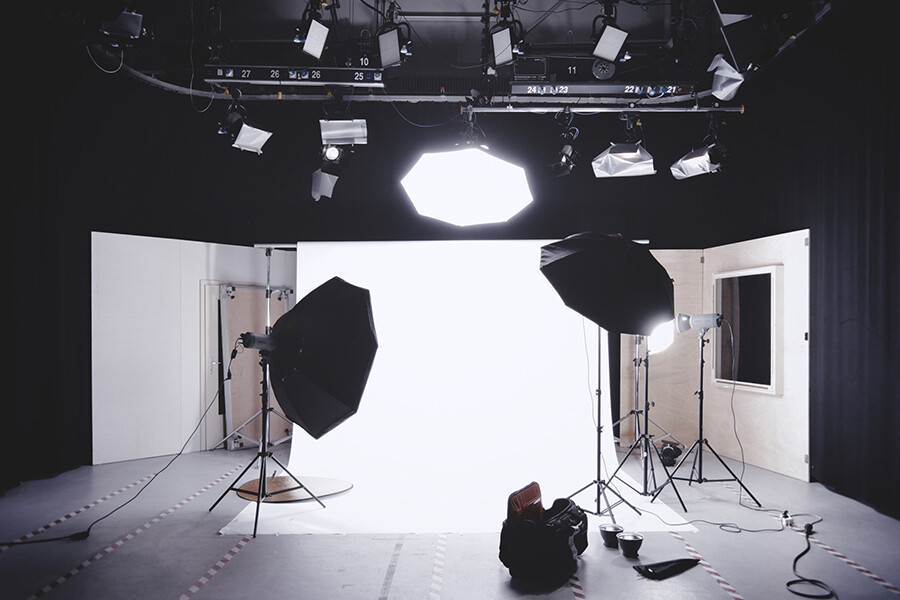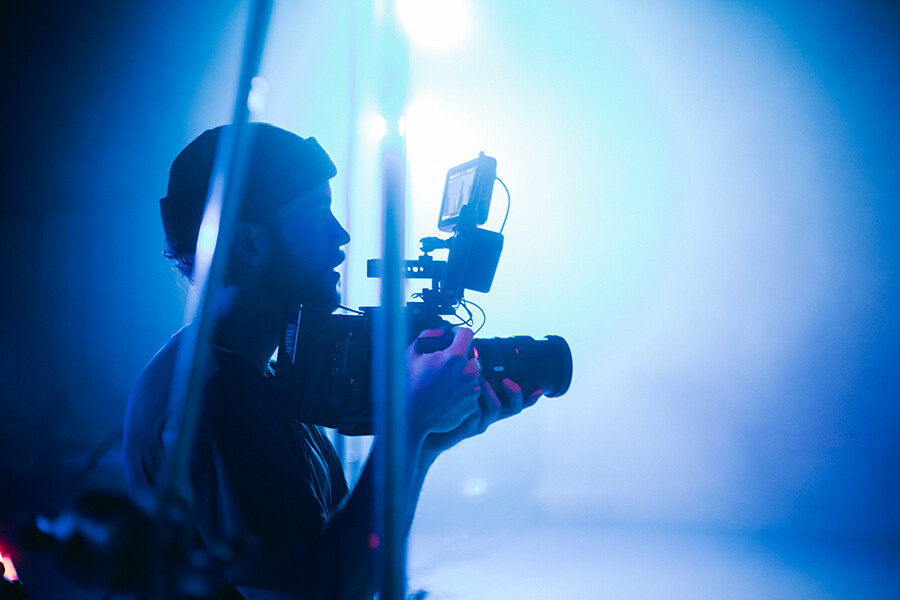- Accueil
- La recherche
- Mémoires et Travaux de fin d’études
- La création artistique photographique française autour de Fukushima
La création artistique photographique française autour de Fukushima
Auteur : Marc Fournier
Directeur(s) de mémoire : Christian Caujolle & Florent Fajole
Photographie
Résumé : Le 11 Mars 2011 au Japon, un tremblement de terre provoque un tsunami, qui lui même engendre l’accident de la désormais tristement célèbre centrale nucléaire de Fukushima Daiichi. S’en suit un épisode de survivance hors du commun au sein d’un des pays les plus développés au monde, et le spectacle tant redouté de la propagation radioactive de l’accident nucléaire, forçant à l’exode les populations locales d’une zone désormais contaminée au point d’en être inhabitable pour un temps qui dépasse l’entendement. Cette double tragédie a captivé l’attention du monde entier, puis la radioactivité n’ayant pas de fin, la couverture médiatique s’est logiquement amoindrie. Au cours des mois et années qui suivent, il est possible de distinguer plusieurs phases dans la représentation de la catastrophe par les artistes photographes, qui ont également été l’occasion de mettre en exergue une notion philosophique très spécifiquement liée à l’interaction entre les Japonais et leur environnement. Les travaux d’artistes français dont nous proposons une analyse dans ce mémoire, ont été autant de jalons de cette temporalité, mais également les témoins de ce lien traditionnel bien connu entre ce peuple et sa nature, dans ce Japon où l’on aime à souligner que moderne et ancien se côtoient perpétuellement jusqu’au paradoxe.
Mots-clés : Fukushima, nucléaire, radioactivité, photographie, Denis Rouvre, Marc Pallain, Hélène Lucien, Carlos Ayesta, Guillaume Bression, chronoradiogrammes, No Go Zone, dyptique, Fudo, Ecoumène, Augustin Berque, Milieu humain, catastrophe, esthétique, vague, tsunami, séisme.
—
Abstract: On the 11th of March 2011, in Japan, an earthquake lead to a tsunami, that itself provoked a nuclear incident in the now infamous Fukushima Daiichi nuclear plant. Follows an extraordinary display of strength in the facing of death, in one of the world’s most developed economies, and the feared spectacle of radioactive contamination, forcing local populations to exodus from an area that have become unfit for human settling for an amount of time that is beyond human understanding. The double tragedy caught the eye and attention of the entire world, then, radioactivity never ending, the media cover of the consequences of the tragedy lessened. During the following months, and year, one can distinguish different phases in the way the catastrophe is represented by photographers. Their work also highlighted a philosophical notion quite specific to how the Japanese and their environment interact. This thesis analyses the work of French photographers who all took part in the various stages of the iconography they participated in. They also provide a first hand testimony of the traditional and well known relationship linking the people of Japan to their natural environment, in a land where modern and ancient always walk hand in hand.
Keywords: Fukushima, nuclear, radioactivity, photography, Denis Rouvre, Marc Pallain, Hélène Lucien, Carlos Ayesta, Guillaume Bression, chronoradiograms, No Go Zone, dyptic, Fudo, Ecumene, Augustin Berque, Milieu, catastrophe, aesthetics, wave, tsunami, earthquake.



